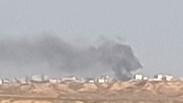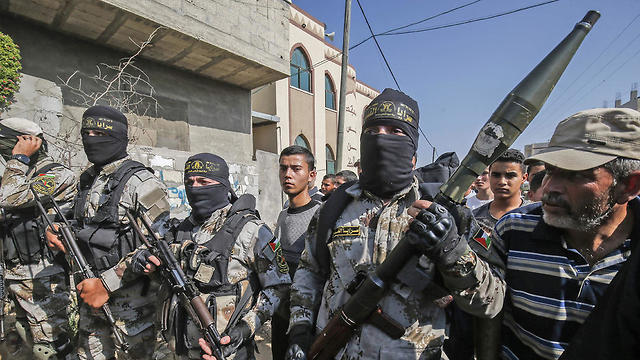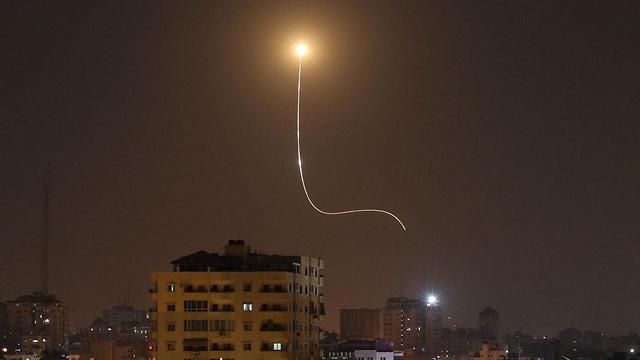
The valuable lessons of the IDF operation against Islamic Jihad
Analasys: With meticulous planning and impressive coordination between various security forces, Israel managed to eliminate Baha Abu al-Ata, ostracize Islamic Jihad, and yield valuable lessons for the government, security forces and citizens alike
The two-day round of fighting against the Gaza based Islamic Jihad terror group ended with military victory and a win for Israel's deterrence in the face of its enemies.
The civilian population showed resilience and the politicians were able for the most part to contain their instincts and refrain from inciteful statements.
But things must be seen in the right proportion. The enemy Israel faced was a relatively small terror group that cannot compare in its abilities to Hamas or Hezbollah, both " hybrid terrorist armies" combining military and terror tactics.
Islamic Jihad also demonstrated a poor level of fighting ability beyond Israel's expectations, with their arms depots still containing dozens of long-range missiles capable of reaching Tel Aviv and beyond, as well as anti-tank missiles, mortar shells and drones - all unused.
The question is why?
One possible explanation is that the targeted killing of Baha Abu al-Ata disrupted the chain of command and hurt the organization's morale. Although officially he shared the command of the terror group with two other leaders, he was in fact the man in charge.
Another explanation may be that the IDF used intelligence gathering and hunted for rocket launching squads, thereby managing to target weapons depots and launch sites.
This will be studied carefully by the IDF in the coming days because such achievements may not be successfully duplicated when fighting Hamas or the Iranian-backed Hezbollah in Lebanon.
A third explanation for the IDF success could be the shortage of active militants and underground infrastructure that is needed for a steady launch of missiles and rockets.
The fact that Hamas did not join in the fighting may have had an adverse effect on Islamic Jihad's logistical abilities to the extent that its Damascus-based leadership had to request a ceasefire under conditions that were easily accepted by the Egyptian mediators, even before the Israeli government was consulted.
Israel came out of the fighting with four major achievements:
1. Keeping Hamas out of the fight despite pressure on its leadership inside and outside of the Gaza Strip
The fact that Hamas targets were not attacked and that the IDF was especially careful not to injure uninvolved civilians was an effective wahy of convincing the Gaza rulers not to get involved.
Hamas has a contentious relationship with various smaller Islamist factions that need not consider the civilian population, a luxury Hamas does not have.
Islamic Jihad challenged Hamas's leadership and interfered in the Gaza rulers' interactions with the local population, Israel and Egypt.
Hamas was also keenly aware of Israel's preparedness to conduct a ground invasion of the Gaza Strip if necessary and even bring down the Hamas leadership.
The organization's survival superseded any inclination to help out Islamic Jihad.

2. The speed with which Israel's operation brought Islamic Jihad leader Ziad al-Nakhala to respond to Egyptian mediation offers and agree to a ceasefire.
The fighting lasted only 50 hours, resulting in a smaller financial burden on the Israeli economy than could have been expected.
Israel's civilian population heeding calls to seek shelter and behave responsibly robbed the terror group of their sought-after moment of victory.
3. The missile defense system demonstrated its continued improvement with a 93% success rate in intercepting rockets
Iron Dome was the only system deployed but improvements were made on the go and the military can now demonstrate to the political echelon what additional funding is needed to prepare for future challenges.
4. The successful targeted attacks on missile squads and launchers, which were the result of intelligence gathered by different means and used in close cooperation with commanders executing the strikes.














